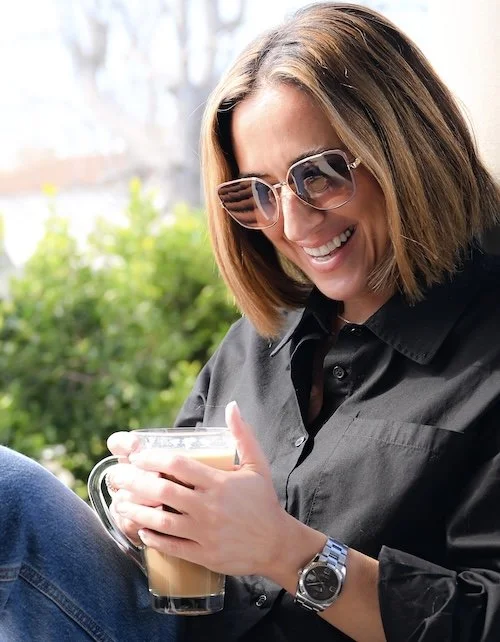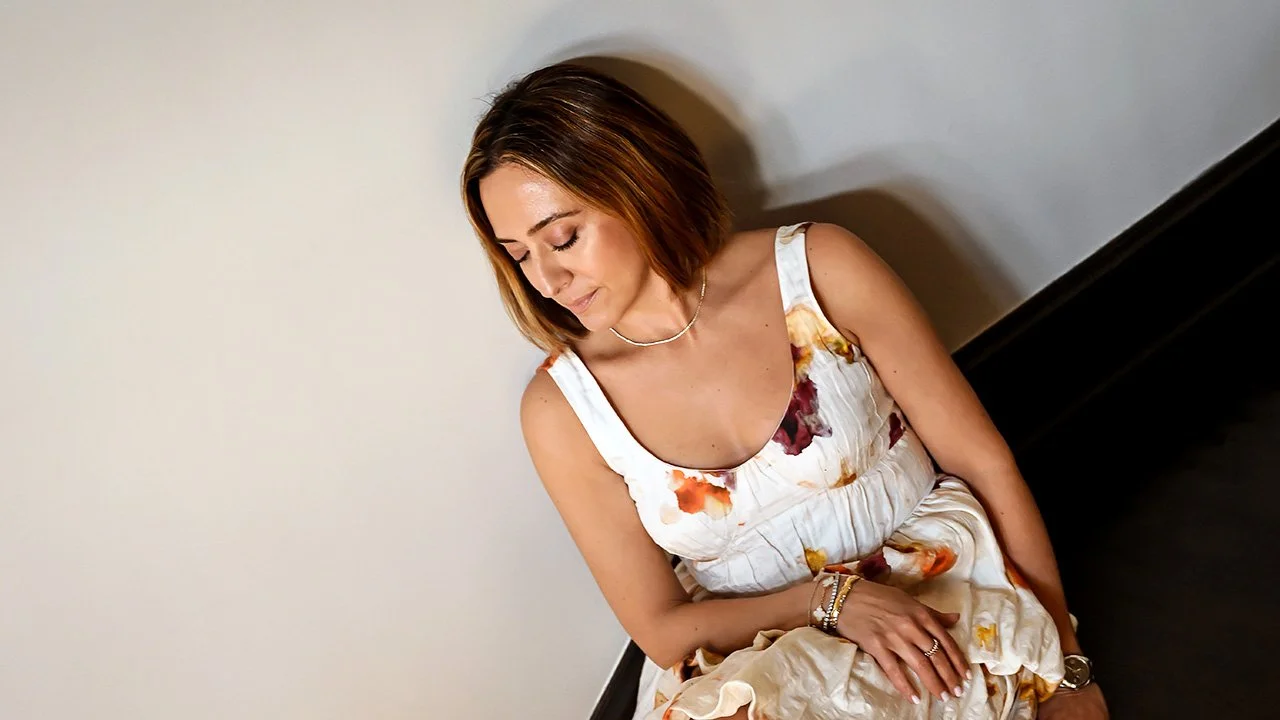“Divorce the Story & Marry the Truth”–Breaking Through Limiting Beliefs
When is it time to put down what we’ve been carrying?
As we move through life, we naturally collect things. We bring home souvenirs from different places we’ve visited, we save memorabilia from our childhood, and we inherit treasured family heirlooms. All of these are good and meaningful, —and they bring smiles to our faces when we see them.
But what about the other things we pick up? The undeniable baggage—limiting beliefs, habits, and defense mechanisms—we’ve picked up in response to life’s challenges and trauma? The ones our minds insisted we needed for our protection
This “baggage” accrues instantaneously and quickly become part of our personalities, without our consent or approval.
It shows up in our lives as procrastination, perfectionism, eating habits, digestive issues, sleep disturbances, and fears—the list goes on and on.
These behaviors begin as protective coping mechanisms that help us navigate difficult situations, but over time they evolve into limiting beliefs that shape our lives.
Often when we experience a trauma, our minds are quick to create mechanisms to allow us to detach from our bodies to diminish the pain. These buffers may protect us in the moment, but over time they harden into limited beliefs that define our identity, and limited actions that define our lives.
Even when the original challenge is gone, we’ve gotten used to the response so it remains—outdated and unexamined.
We take measures to heal the emotional aspects of trauma, but we don’t often work on the physical effects. Usually after a while we become accustomed to them and they become a part of us—the “norm”.
But here’s the truth—they’re not ours. Not anymore.
So the real question is: Do we really need to keep carrying them, are they really part of our identities, or are we simply living out a story that no longer fits?
Divorce the story…
I carried a story too.
Growing up, I was labeled a picky eater—I didn’t like to eat much and most foods did not seem appealing to me (trust me, this has changed!!). As a child, I internalized that label to mean that I was difficult, and in response, I began shaping my behavior around proving I was not difficult.
I picked up the coping mechanism of being a people pleaser. I convinced myself that if I worked hard enough to be the “good girl”—quiet, agreeable, straight-A student, never expressing my needs or desires—then I would no longer be considered difficult. Instead, I would be acknowledged, accepted, and loved.
The worst part of these limiting beliefs and behaviors is that they are socially acceptable and admirable—they look good, no, great, when seen from the outside! I received endless compliments for being a "good" daughter, sister, wife, and mother as a chronic people-pleaser.
But on the inside, I was diminishing myself to fit into a mold created by fear rather than truth.
We are proud of our perfectionist friends and look to them for tips and hacks to make our own lives look better. We applaud each other for having an awareness of our limits and living within them.
But what if those limits are outdated. What if they were born in earlier parts of our lives, when we were different versions of ou selves, but no longer serve us?
And marry the truth…
People pleasing may have served me when I was younger (I’m still questioning that!), but I can say with absolute clarity and certainty that it does not serve me as an adult!
I now know that having preferences—around food or anything else—does not make me “difficult”. And appeasing others, while diminishing myself, is not be the cure for that limiting belief.
The only way out is to unravel that belief. I now acknowledge that my desire to eat or not eat certain foods is simply my desire. And my desires are not a judgement of who I am or reasons to be validated or loved.
This realization was my turning point and became my truth.
At the root of my work as a Life Coach, I have to ask the difficult questions and encourage my clients to question their supposed limits and push past their comfort zones.
In order to do this, we need to be aware of our limits. Yes, we can create support around them, but eventually, we must ask, “Do I still need this to feel safe, validated, loved, etc.?”
This is the heart of transformation. This is where we choose to divorce the story—the outdated belief system, the labels, the assumed roles—and marry the truth: who we choose to be.
This is a powerful step out of the comfort zone of limited beliefs and a step towards creating new unlimited beliefs, and ultimately, actions that expand into abundance, joy, and freedom.
Photo: D. Bana Photography











